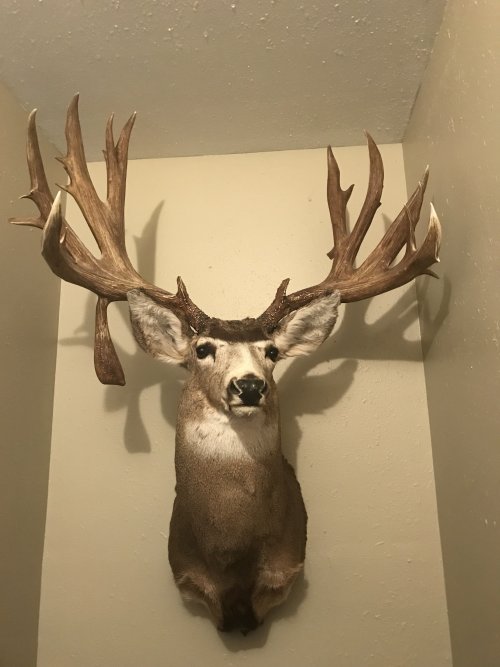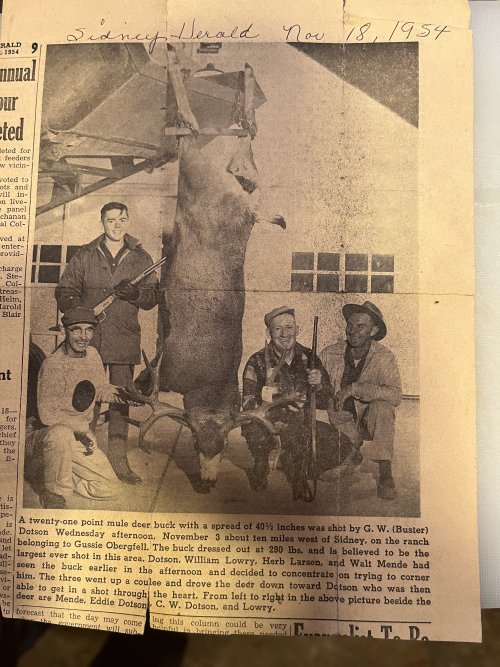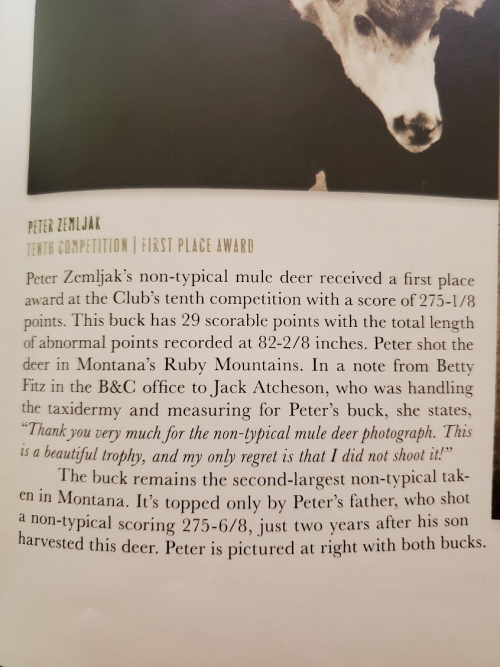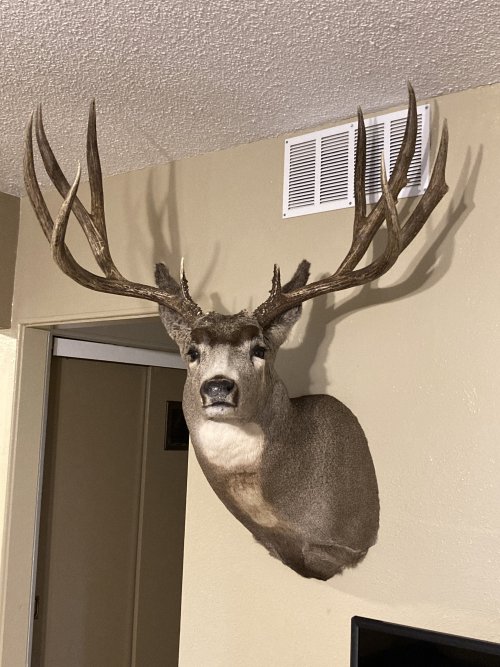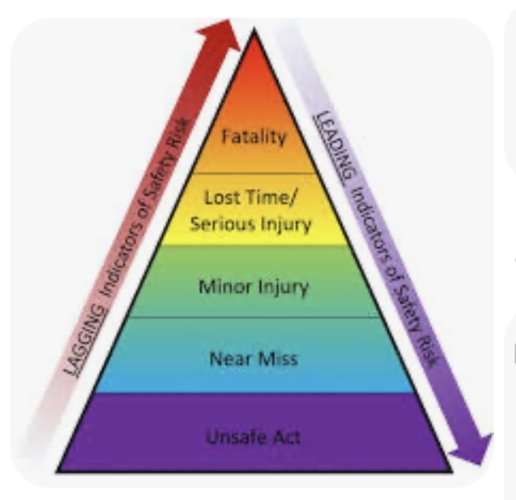huntin24/7
Well-known member
I know there are parts of MT that have poor genetics, but it’s a huge state. I know areas with good hunting access that rarely produce large muley bucks while short distances away larger tracts of private or just across a border, large bucks are regularly produced.




